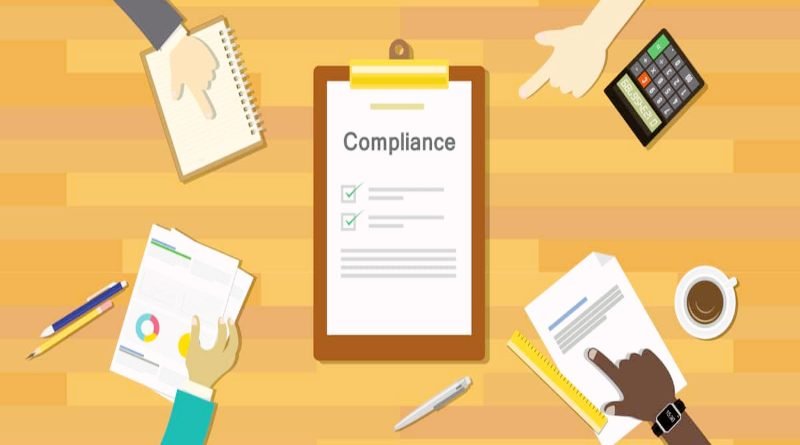How Auditing And Monitoring Can Transform Your Compliance Efforts
Compliance in the business world is a complex challenge, requiring careful navigation through a maze of regulations. Auditing and monitoring are essential for successfully managing this challenge. Carlos Urbaneja explores the key concepts of auditing and monitoring, highlighting their significant impact on enhancing compliance efforts.
What Is Auditing?
Auditing is like a thorough check-up for your business. It involves reviewing your company’s financial records, processes, and operations to ensure they comply with laws, regulations, and industry standards. Think of it as a doctor examining a patient to identify and address health issues. In the business world, auditors play the doctor’s role, assessing the overall health of your organization’s compliance.
Why Auditing Matters
Auditing is crucial for several reasons. It is for legal compliance, helping ensure your business adheres to all relevant laws and regulations. This can prevent costly fines and legal troubles.
Another benefit is financial integrity. Auditing verifies the accuracy and reliability of your financial statements. This is vital for building trust with investors, creditors, and other stakeholders.
Moreover, you can increase operational efficiency through auditing. It helps you identify inefficiencies and areas for improvement in your business processes. Finally, auditors help pinpoint potential risks and weaknesses in your organization, allowing you to take proactive measures to mitigate them.
Types Of Audits
There are various types of audits, each serving a specific purpose. Financial audits examine financial statements to ensure accuracy and compliance with accounting standards. On the other hand, operational audits focus on business processes to identify inefficiencies and opportunities for improvement.
Compliance audits check whether your organization complies with specific laws and regulations. Lastly, there are information systems audits. These assess the security and integrity of your IT systems and data.
What Is Monitoring?
Monitoring is like having a security camera in your compliance efforts. It involves real-time or periodic tracking of activities and processes to ensure they align with compliance requirements. Monitoring helps you catch issues as they arise rather than waiting for an annual audit.
Why Monitoring Matters
Monitoring is essential for several reasons. The first is for immediate detection. It allows you to identify compliance breaches or irregularities as soon as they occur, enabling prompt action. It also helps with preventative measures. By monitoring continuously, you can proactively address compliance issues before they escalate.
Furthermore, monitoring provides valuable data to inform your compliance strategy. It helps you make data-driven decisions. Additionally, monitoring can safeguard your company’s reputation by swiftly detecting and rectifying compliance issues.
Complementing Auditing With Monitoring
Auditing and monitoring are not mutually exclusive; they complement each other. Auditing is like a comprehensive health checkup; monitoring is your daily wellness routine. Combining both ensures a robust compliance program.
Audits establish a compliance baseline for your organization. They provide a snapshot of your current status, highlighting areas that need improvement. Monitoring takes over once the audit is complete. It continuously tracks processes, transactions, and activities to ensure ongoing compliance.
Additionally, monitoring can catch compliance issues in real time. It allows you to address them swiftly and reduce the chances of major violations. Regular monitoring can also help auditors validate the effectiveness of your compliance efforts during future audits.
Implementing Auditing And Monitoring
Now that you understand the importance of auditing and monitoring let’s discuss how to implement them effectively. Start by identifying the specific laws and regulations for your industry and organization. Then, develop a comprehensive compliance framework that includes policies, procedures, and controls.
Schedule regular audits to assess your compliance efforts against the established framework. Invest in real-time monitoring tools and systems that track relevant activities and data. Use data collected from monitoring to identify trends, potential issues, and areas for improvement. Ensure your employees know compliance requirements and receive proper training. Finally, use the insights from audits and monitoring to improve your compliance program continuously.
Final Thoughts
Carlos Urbaneja says in today’s complex regulatory landscape, compliance is not an option; it’s a necessity. Auditing and monitoring are the dynamic duo that can transform your compliance efforts from a burdensome task into a proactive and strategic advantage. Regularly auditing your operations and implementing continuous monitoring, you can confidently navigate the regulatory maze, protecting your organization from legal troubles and reputational damage. Remember, in compliance, an ounce of prevention is worth a pound of cure. Start auditing and monitoring today to ensure your company’s health and longevity.
Also visit Digital Global Times for more quality informative content.

